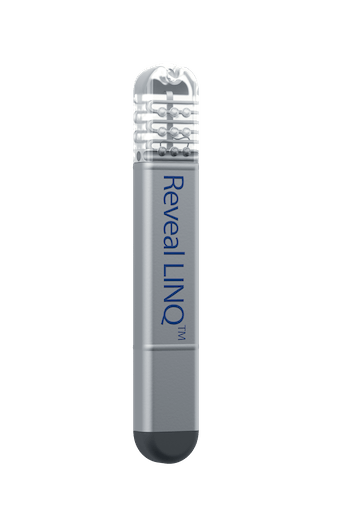Patient Activated Monitoring
Implanted loop recorders is a small, metal, battery operated device that records your heart rate and rhythm in order to identify any abnormalities.
These devices are extremely accurate and have a battery life of 18-24 months which makes them suitable for patients with infrequent symptoms.
Although they monitor the heart rhythm automatically, the device can be manually activated by the patient if they were experiencing symptoms.
The information stored on the device is then retrieved during device checks and analysed by cardiac physiologists and your consultant.
How is it implanted?
The device is usually implanted underneath the skin and in front of the muscle on the left or right hand side of your chest, next to your sternum.
Local anaesthetic is used to numb the area and to minimise discomfort.
As with any surgical procedure, there will be a small scar visible. You may also feel a small bump under the skin where the device has been implanted.
Risk:
All procedures carry some risks, however implanting loop recorders is very safe.
The risk may include bruising over the device or infection. The risk of these complications are less that 1%.








